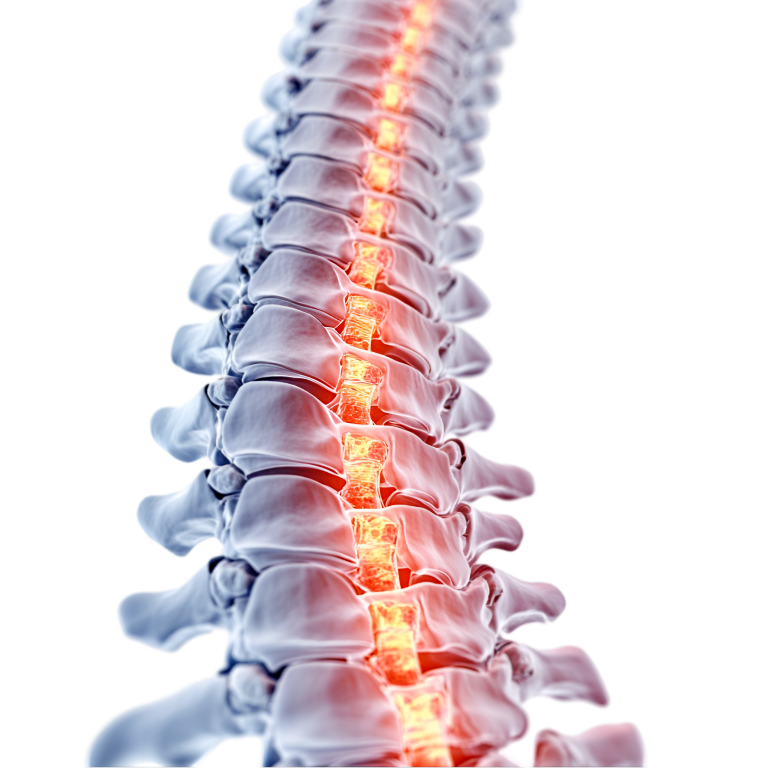
Advancements in Neurosurgery: Minimally Invasive Techniques
Neurosurgery has witnessed remarkable advancements in recent years, with minimally invasive techniques revolutionizing the field. These cutting-edge procedures have significantly improved patient outcomes by reducing surgical risks, enhancing recovery time, and minimizing complications. In this blog, we explore the latest minimally invasive techniques in neurosurgery and their benefits for patients undergoing brain and spinal procedures.


 Brain study background for mental health care medical technology[/caption]
Brain study background for mental health care medical technology[/caption]

What is Minimally Invasive Neurosurgery?
Minimally invasive neurosurgery (MIS) refers to surgical techniques that use small incisions, specialized instruments, and advanced imaging technologies to perform complex brain and spinal procedures with minimal disruption to surrounding tissues. Unlike traditional open surgeries, MIS reduces blood loss, postoperative pain, and recovery time, allowing patients to return to their daily activities much sooner.Key Minimally Invasive Neurosurgical Techniques
- Endoscopic Neurosurgery
- Uses a small, flexible camera (endoscope) inserted through a tiny incision or natural openings.
- Commonly used for pituitary tumor removal, hydrocephalus treatment, and skull base surgery.
- Reduces scarring and accelerates recovery compared to traditional open surgery.
- Stereotactic Radiosurgery (SRS)
- A non-invasive procedure that delivers targeted radiation beams to brain tumors and vascular malformations.
- Techniques such as Gamma Knife and CyberKnife allow for precise treatment without the need for an incision.
- Effective for treating conditions like arteriovenous malformations (AVMs), brain metastases, and trigeminal neuralgia.
- Minimally Invasive Spine Surgery (MISS)
- Used to treat spinal conditions such as herniated discs, spinal stenosis, and vertebral fractures.
- Procedures include microdiscectomy, spinal decompression, and minimally invasive spinal fusion.
- Smaller incisions lead to less postoperative pain and faster rehabilitation.
- Laser Interstitial Thermal Therapy (LITT)
- Utilizes laser energy to precisely target and destroy brain tumors and epileptic lesions.
- Performed through a small burr hole in the skull, reducing the risks associated with traditional craniotomy.
- Real-time MRI guidance ensures accuracy and effectiveness.
- Robotic-Assisted Neurosurgery
- Integrates robotic technology for enhanced precision in brain and spine surgeries.
- Provides better control and accuracy, particularly in deep-seated brain tumors and complex spinal procedures.
- Reduces human error and enhances patient safety.

Benefits of Minimally Invasive Neurosurgery
- Shorter Hospital Stay: Many procedures allow for same-day or next-day discharge.
- Reduced Pain and Scarring: Smaller incisions minimize trauma to surrounding tissues.
- Lower Risk of Infection: Less exposure of internal tissues reduces infection risk.
- Faster Recovery Time: Patients resume normal activities more quickly compared to traditional surgery.
- Enhanced Surgical Precision: Advanced imaging and robotic assistance improve accuracy and outcomes.
Who Can Benefit from Minimally Invasive Neurosurgery?
Patients suffering from conditions such as brain tumors, spinal disorders, hydrocephalus, epilepsy, and movement disorders like Parkinson’s disease may benefit from these advanced techniques. Consultation with a neurosurgeon is essential to determine the most suitable treatment approach based on individual needs. [caption id="attachment_4567" align="alignnone" width="1152"] Brain study background for mental health care medical technology[/caption]
Brain study background for mental health care medical technology[/caption]









